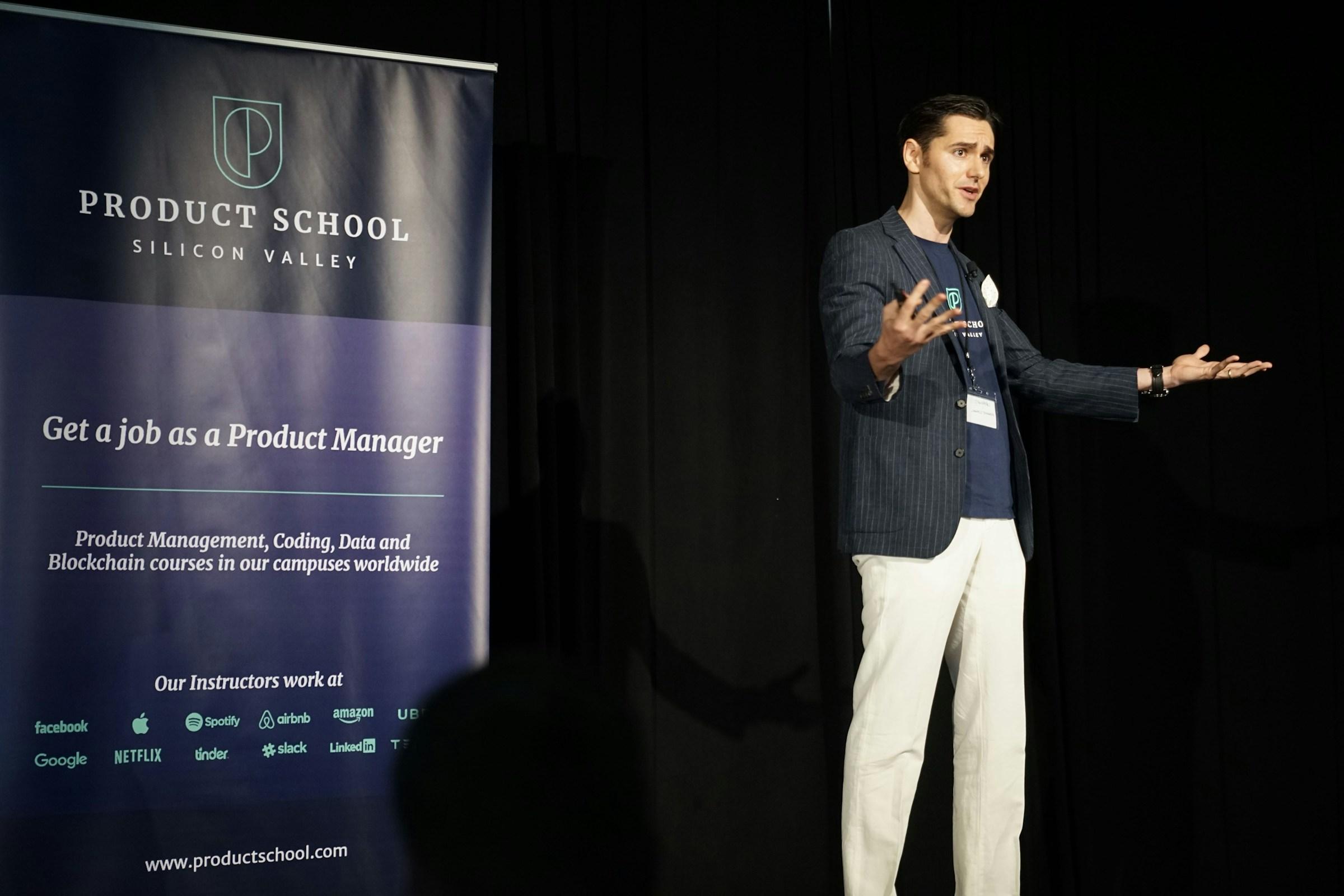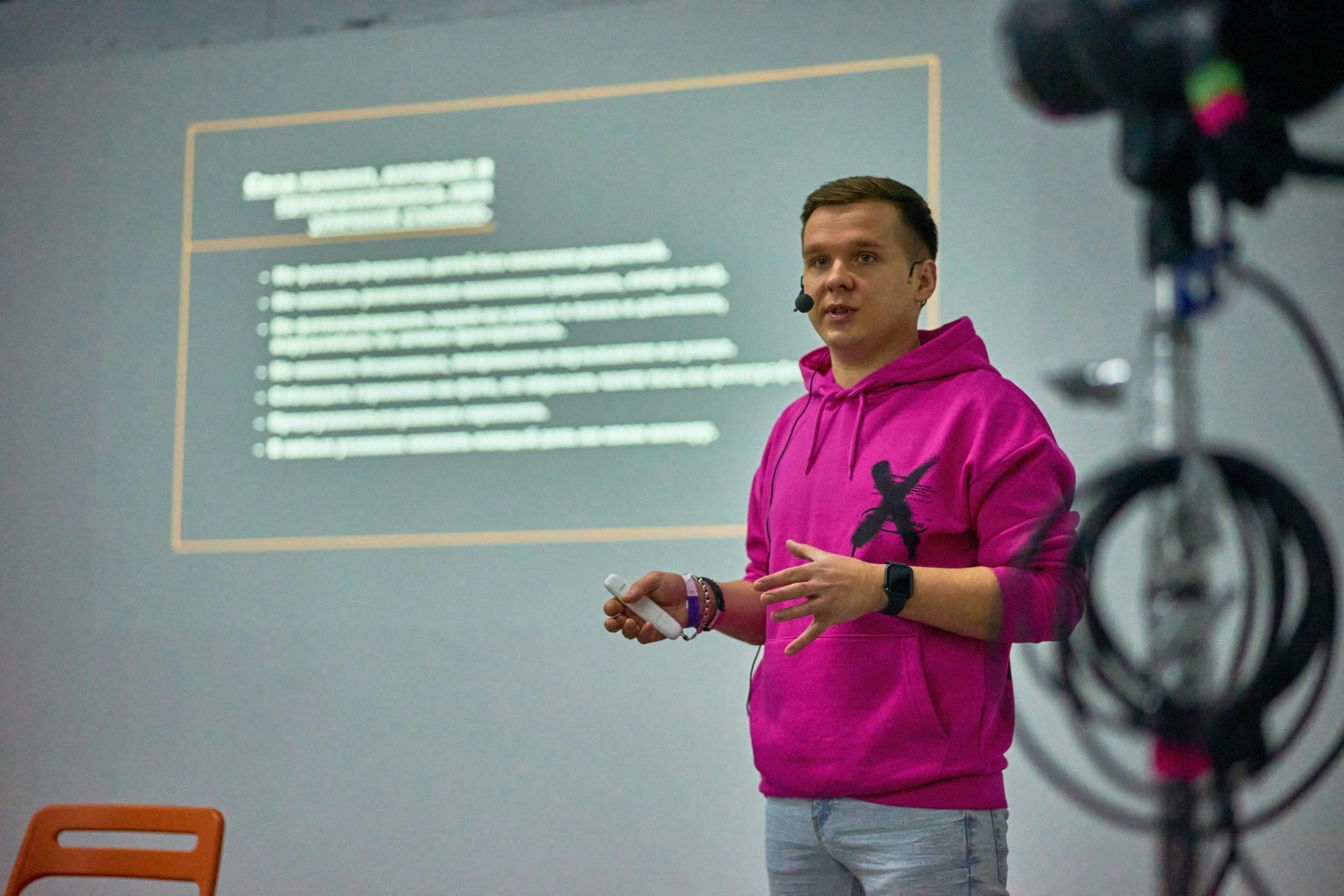In most companies the first sign of trouble is not a blow up. It is a small pause that nobody names. A product manager who used to pitch bold ideas arrives exactly on time and leaves exactly on time. A senior engineer who once argued hard in planning quietly accepts the latest set of priorities. A sales lead stops asking for context and asks only for dates. Revenue still looks fine. Dashboards show familiar progress. The board hears a confident update. Yet the room feels a little heavier, as if momentum now needs pushing rather than pulling. Founders often sense this weight before they can explain it. They feel a change in the air and assume it will pass. It rarely passes on its own. It grows in the silence that polite teams preserve, and that is how quiet cracking begins.
The early stage invites this risk because the very habits that unlocked speed also hide debt. You kept headcount lean to protect discipline. You stretched the roadmap because every customer signal looked precious. You insisted on founder level approvals in the name of quality. None of this is malicious. It is love for the product mixed with fear of losing pace. In Southeast Asian settings and in other polite professional cultures the etiquette layer adds another cushion. Respect is high. Disagreement carries a social cost. People would rather protect harmony than friction, especially in front of the group. This is a strength when trust is fragile and time is short. It is also the mechanism through which small misalignments compound without making any noise that would alert you.
Cracks form first wherever intent and structure drift apart. A founder intends to empower, yet still holds the only real keys. A team hires for ownership, yet still waits for approvals on choices that should be routine. Product intends to build for one segment, while go to market quietly focuses on another because that is where the current quarter’s targets live. Both sides are trying to help. Nobody wants to slow the other. Meetings stay short to signal momentum. That choice comforts everyone in the room. It also creates a gap between what the company thinks it is building and what the market will actually buy. When these gaps remain private, they do not erupt. They erode.
Information sprawl accelerates the erosion. A new view appears in Notion. A fresh board appears in Jira. A dashboard appears in Looker. No one archives the old artifacts because no one feels entitled to pronounce a tool or a plan obsolete. People now check three places to feel informed. They still deliver, only slower. They still sound aligned, only less certain. A founder scans the charts and comforts themselves with trend lines that look intact. The trend is intact in the way a ladder can look intact when two of its rungs flex under your weight. It is still a ladder, only riskier to climb.
The first visible moment is often gentle and expensive. A senior engineer resigns with generous praise for the team. A customer renews for less and compliments your service. A dream candidate declines after an enthusiastic process and wishes you well. Each event sounds polite. None of them feel fair. You were not warned. That is the uncomfortable truth. The signal you needed was the absence of a signal. Healthy teams surface disagreement where everyone can see it. Fragile teams reroute conversation into private channels and absorb conflict through personal effort. Work still ships, but coordination becomes optional and judgment becomes centralized. People pull late nights to compensate. The heroics feel noble, which makes the underlying problem harder to name.
Founders often trust culture to protect them from this slow fracture. Culture helps, but culture that is not enforced by rhythm becomes a poster on the wall. What protects teams is not a set of inspirational sentences. It is a set of rituals with clear owners. It is a map of roles with real authority attached. It is a roadmap that says no more often than it says yes. Quiet cracking is not a mood. It is a system failure that wears a friendly face until the day it cannot.
Another misconception is the equation of intensity with trust. A room full of people working late can feel like loyalty. Sometimes it is loyalty. Sometimes it is fear. When people believe only the founder can make a decision stick, they work hard and still feel smaller every week. That path burns out the very people who arrived with the most energy and the strongest sense of possibility. They do not quit loudly. They shrink first, then exit carefully, and leave you with kind words that land like a verdict.
The correction begins with a new way to read silence. Absence of dissent is either clarity or fear. Absence of owner names on documents is either flexibility or future chaos. Absence of pruning on the roadmap is either ambition or avoidance. Treat these absences as primary signals. When a meeting ends with smooth agreement, ask whose decision it would be if you were not in the room. If the answer is you, treat that as a bug in the system, not a point of pride. Fix it by moving keys, not by giving speeches about empowerment. Remove your admin access from tools that do not require your constant touch. Put the calendar and the definition of done in the hands of the person who owns the outcome. Pair product and sales to draft each other’s priority memo for the quarter before the plan is locked. The tone of conversation changes within a week when authority is clarified. The speed of execution follows in a month because coordination becomes cheaper.
Ownership must match company size. At five people, hats move. At fifteen, every hat needs a head that does not wobble. Write the map on a single page. Name the owner for each domain. Name the decisions that owner can make without founder involvement. Name the two decisions that still escalate and explain why. Publish the page and keep it alive. If your team works across Kuala Lumpur, Singapore, and Riyadh, add local nuances on working weeks and response windows, then hold the same line of authority everywhere. Consistency reduces the social friction that keeps people overly cautious in cross cultural settings.
Rituals should make reality cheap to surface. A weekly risk round works for most teams. Each owner names one assumption that could slip next. No slides. No performance. Ten minutes total. The goal is not to fix the item in the meeting. The goal is to make it normal to say what could go wrong while there is still time to trade. If no one brings a risk, ask what you failed to make safe. That question teaches faster than any workshop because it shifts responsibility for candor from the team to the leader who sets the tone.
The roadmap needs pruning on a predictable cadence. Monthly pruning serves most seed and Series A teams. If everything stays on the page month after month, the page is not honest. Remove items in public and move the capacity into the two outcomes you cannot afford to slip. When you kill a project, thank the owner for the math that saved the rest of the plan. Do not frame pruning as failure. Frame it as the proof that the team knows how to trade. People who see their priorities protected grow louder and more courageous. People whose work lives under constant accumulation grow quiet.
Gratitude and dependence must be separated. Say thank you for the late night. Then ask why the system needed a late night at all. Fix that. Celebrate clean handoffs and boring sprints. Boring is a compliment for a process that no longer needs heroics to work. Drama makes for good stories and bad companies. A steady cadence compounds better than a highlight reel of rescues.
Leads need a new standard. Tell them that silence is not the target. Measure their leadership by the quality of disagreements they can surface and resolve without pulling you in. Their job is not to protect your confidence. Their job is to protect the operating system that protects the team. Hold yourself to the same rule. If decisions keep bouncing back to you, you are facing either a capability gap or an authority gap. Capability gaps call for coaching or hiring. Authority gaps call for moving keys and then keeping your hands off the door that you just assigned to someone else.
The pain of this transition is real because founders built their teams with care and assumed that care would hold everything together. Care matters, yet only structure can carry sustained weight. The good news is that this is fixable without changing who people are. The work is to fix where power is fuzzy, where goals are crowded, and where risk is private. When those three conditions change, the room fills with voice again. Not noise, voice. The company returns to a state where disagreements arrive early, where choices have owners, and where plans reflect what the team can actually do rather than a wish to please every signal.
The lesson that founders take from a first visible crack is not that their culture failed or that their talent disappointed them. The lesson is that the honesty of the system slipped. Repair the system and people remember how to be brave in public. That is how you prevent quiet cracking from turning into a public break. You do not push harder. You design a way of working that does not need your push at all.














